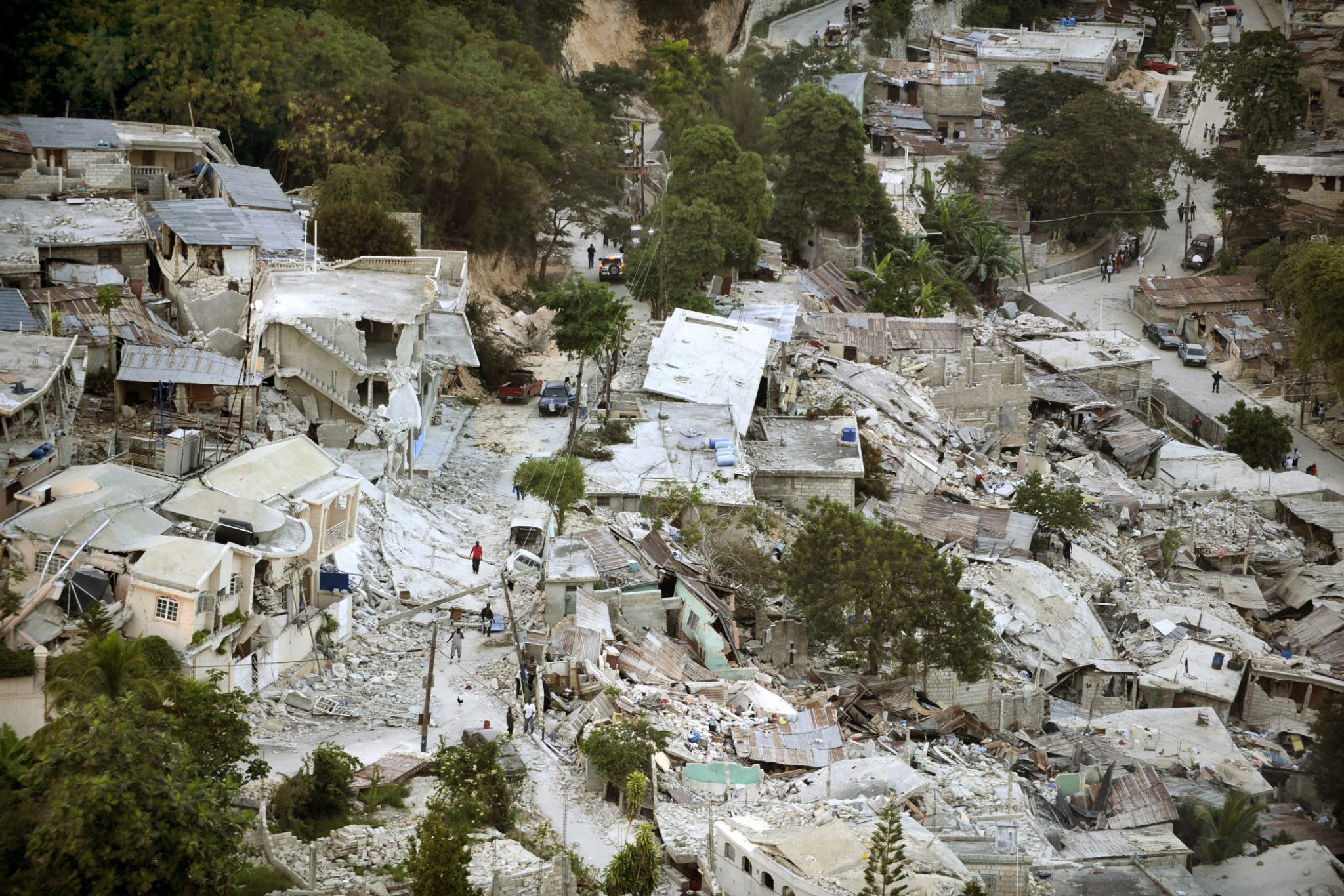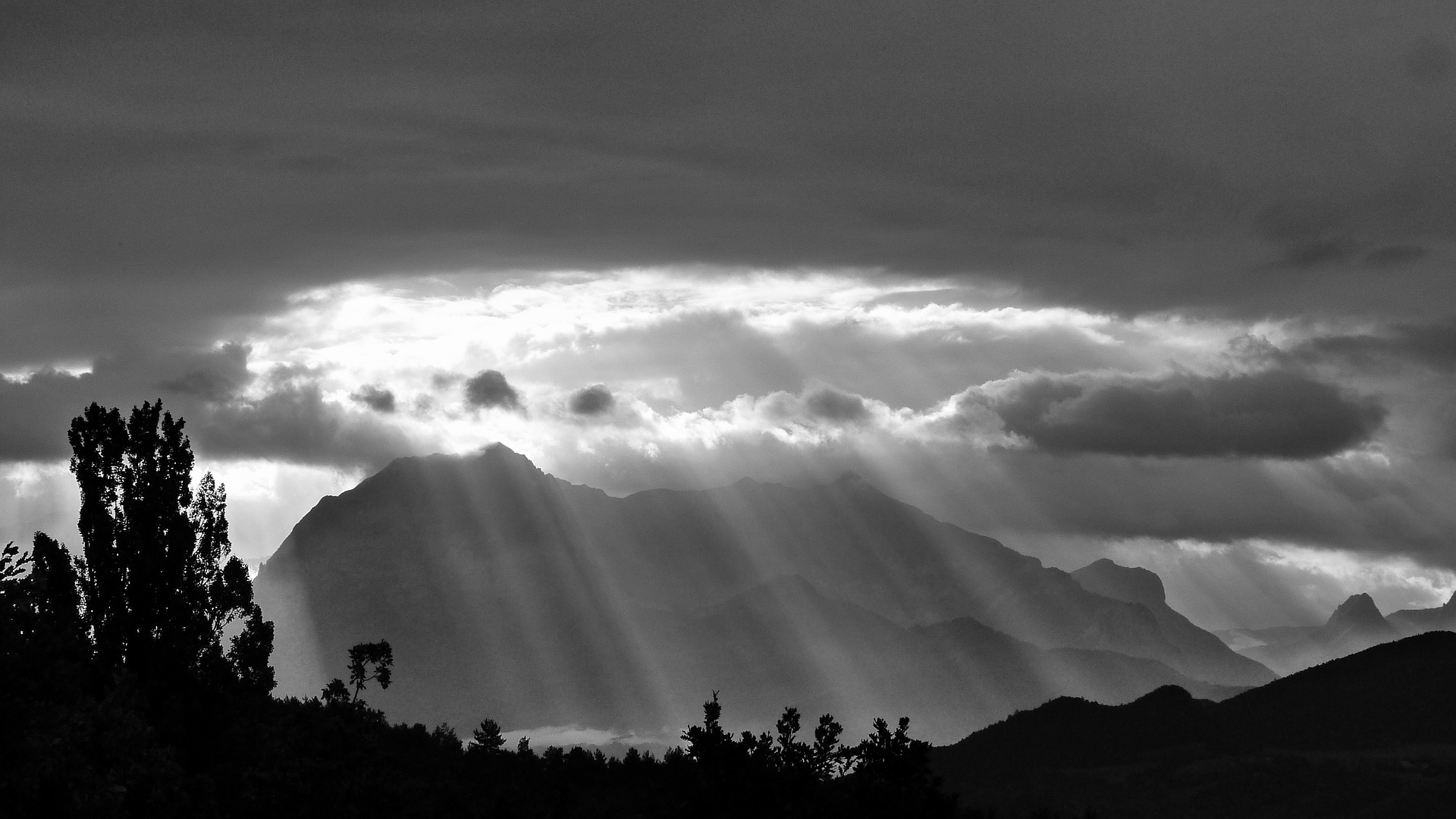But is this the entire story?
Upon reading the elaborate details of the narrative – the way G-d debates whether to reveal His plans to Abraham; the Divine “descent” to confirm the wickedness of Sodom; dispatching an angel to destroy the city; the extensive efforts exerted to save Lot, in the merit of his uncle Abraham; Abraham’s intervention, pleading to save Sodom – it is quite apparent that there is much more going on than just the demise of another corrupt city.
And what exactly was Sodom’s terrible crime, causing an “outcry…so great, and their sin so very grave,” that led to them being singled out for such unprecedented destruction? Was there no other corrupt city in history that deserved punishment?
There is an inexplicable Midrash that only accentuates the mystery of Sodom:
“It is written I found my servant David. Where did G-d find him? In Sodom”!! (Bereishit Rabbah 41:4; 50:10).
True, the Midrash explains that Lot and his daughters are the ancestors of David: Ruth the Moabite and Na’amah the Amonite, whose progenitors were Lot’s two daughters, which means in effect that David originated from forbearers who lived for a while in Sodom. But, what is the point of emphasizing this seemingly irrelevant, and even demeaning, detail?! David was not born in Sodom and never lived in Sodom (which was destroyed long before he was born). What is the Midrash trying to tell us, and why is it important to know that G-d found David, of all places in… Sodom?!
Finally, and above all: Every detail in Torah is meant to be a relevant guide for our lives. What lesson do we learn from Sodom’s destruction today? Why is it important for us to know all the fine particulars of the story?
Looking closer at the Torah’s account we find that the Sodom story actually begins earlier, in last week’s portion. There we learn about Abraham’s long trek to Canaan – what would become the Promised Land of Israel – together with his wife Sarah (still named Sarai at the time), his nephew Lot, all their belongings and “all the souls that they had made” [brought closer to G-d]. The verse then tells us how a feud broke out between the herdsmen of Abraham’s and Lot’s flocks. Abraham suggests to his nephew, “Let us not feud…for we are brothers after all. If you [go to] the left, I will go to the right; if to the right, I will take the left. Lot looked up and saw that the entire Jordan Plain, all the way to Tzoar had plenty of water. (This was before G-d destroyed Sodom and Gomorrah.) It was like G-d’s own garden.” Lot thus chose to go East and settle in the Plain and he “migrated as far as Sodom.”
The Torah then adds “But the people of Sodom were very wicked, and they sinned against G-d.” – Here is the first time Sodom is mentioned.
The story continues: War broke out between the “four kings against the five,” the five including Sodom and Gomorrah, in the Siddim Valley (now the Dead Sea). The four kings were victorious and seized all the goods of Sodom and Gomorrah, as well as capturing Abraham’s nephew Lot, who was living in Sodom.
When Abraham hears that his nephew was taken captive, he pursues the four kings and successfully attacks and recovers all the goods, as well as Lot and the people. The story concludes with the King of Sodom asking Abraham:
“Give me the souls. You can take the goods.” And Abraham replied that he does not want the goods: “Not a thread nor a shoelace! I will not take anything that is yours! You should not be able to say, ‘It was I who made Abram rich.’”
The Torah, above all, is not a story or history book; it is the Divine blueprint of existence and a spiritual guide for our lives. What part of the cosmic order is mapped out by this intricate story Lot’s capture and release, the war with Sodom and Abraham’s involvement?
In a masterful and eloquent fashion, the great 16th century scholar and mystic, Rabbi Isaiah Horowitz, known as the Shaloh (1565-1630), explains the inside story beginning with a fundamental question:
Abraham’s journey to Israel was essentially a spiritual ascent to new Divine heights. Why then did he associate himself and took along the wicked Lot in this journey?! [As we see above, that Lot could not coexist peacefully with Abraham, and the Torah emphasizes more than once how he “separated” from Abraham and only then did G-d reveal Himself and spoke to Abraham about the Promised Land].
The Shaloh cites the answer of the Zohar (I 79a): What did Abraham see that caused him to bond with Lot? He foresaw with Ruach Hakodesh that Lot would merit to be the forbearer of David” (Lot’s daughter would give birth to Moab, the ancestor of Ruth, grandmother of David).
But this, says the Shaloh, requires explanation: What connection does David have to our present story?
Quoting the Ramban (Nachmanides), the Shaloh explains that “Know this fundamental principle:
All the journeys and events that happened with the Patriarchs [Abraham, Isaac and Jacob] come to teach us about the future…they were shown what would happen to their descendants. For this reason the Torah documents in detail the experiences that transpired with the Patriarchs. No one should think that these are superfluous details; they actually pave the way and map out all the future events that would transpire with their children throughout history. There is nothing that happened to Abraham that would later not occur with his children (Ramban Lech Lecho 12:6).
The same is true with Abraham’s battling the four kings to free Lot and the goods they captured:
“This story happened with Abraham to foretell and show us that there would rise four major empires – Babylonian, Persian, Greek and Roman (represented by the four kings) – that would dominate history. But the end would be that his [Abraham’s] children would prevail over the empires. They would all fall and the children would end up redeeming all the possessions and hostages they had taken captive.
As we see, a bit further in the story, how G-d makes His covenant with Abraham, telling him:
“Know for sure that your descendants will foreigners in a land that is not theirs for 400 years. They will be enslaved and oppressed. But I will finally bring judgment against the nation who enslaves them, and they will then leave with great wealth.” And this transpires “as the sun was setting, a deep sleep fell upon Abram; and a deep dark dread fell upon him.”
The “deep dark dread” that befell Abraham resulted from the vision shown to Abraham of the future powerful empires that would control and terrorize the world, each in their own way: the Babylonian, Persian, Greek and Roman (and Ishmaelite) empires.
The great 15th century Kabbalist, Rabbi Isaac Luria (known as the holy Arizal) explains that these empires – that extend over the entire span of history – represent the different stages of refinement (birur) that we achieve throughout the generations. Everything in our material existence contains Divine ‘sparks,’ i.e. spiritual energy, and we are charged with the mission to redeem and elevate these sparks, and thereby refine the material universe and transform it into its true purpose: a vehicle for spiritual expression.
Beginning with the enslavement by the Egyptian empire – the archetype and root (‘head’) of all the exiles and empires – each subsequent empire symbolizes another stage of refinement in integrating G-dliness into the material world. The process concludes with the refinement of the last two powers, Edom (Esau) and Ishmael, which leads to the Messianic age – a world where there will be no more destruction and terror and all children of Abraham serve the One G-d of Abraham in peace and harmony (see Abraham’s Vision).
This, the Shaloh explains, is the meaning of the Zohar’s brief words that Abraham bonded with Lot because he foresaw “that Lot would merit to be the forbearer of David:”
Lot and his descent into wicked Sodom – and his being captured by the four kings – represents the captivity that each of us experiences as we are taken hostage (physically and/or, even worse, psychologically) by the “empires” around us and the powerful tentacles of material existence, which want to crush our hope in building a better world and bringing spiritual redemption to the world.
But the purpose of this captivity is for us to prevail over the dominant forces of existence and redeem the “great wealth,” the powerful Divine sparks that lay trapped and embedded in the material universe, with the ultimate redemption led by Moshiach son of David, descendant of Lot.
Abraham knew that the stakes were high: Through freeing Lot from the hands of the kings, and then again when he was saved by the angel from Sodom’s destruction, Abraham’s children were empowered through the ages to free the different shapes of “Lot” trapped in the various manifestations of “Sodom” that would crop up in each generation. And by doing so, we give birth to the redemption (David).
Abraham knew that in the throes and abyss of “Sodom” laid great power, and when redeemed, “Sodom” would yield an enormous spiritual bounty. Thus, Abraham immediately laid everything on the line to free Lot from captivity. Abraham also attempted to save the entire city. At the time that was not meant to be; the city was simply too corrupt. But in the end of days, Ezekiel (16:55) tells us “Sodom with her daughters will return to their former state,” meaning the spiritual energy redeemed from Sodom – Moshiach ben Dovid.
This is the meaning of the Midrash cited above, “where did G-d find him [David]? In Sodom,” referring to Moshiach son of David. When the angels come to save Lot and his family from Sodom, they used a strange expression: “Take your wife and two daughters who are found here.” The word “found” (nimzoas) is superfluous and cryptic. Explains the Midrash that “found” implies something lost. The expression “found” is also used regarding David, “I found David my servant,” referring to Moshiach (from the House of David), who will be “found” in a strange place, as if he came out of nowhere. According to the Midrash, the verse “take your wife and two daughters who are found here” is referring to two important discoveries: Ruth the Moabite and Na’amah the Amonite, whose ancestors were Lot’s two daughters. These two daughters would be the progenitors of David and Moshiach. Thus, “the two daughters who are found here” is telling us that in the darkness of Sodom there is to be “found” – unexpectedly – Moshiach from the House of David (see also Talmud Yevamot 63a. 77a. Zohar I 110b).
How is this to be translated into our own lives?
Sodom’s grave sin was their perverted philosophy of life. The various crimes of Sodom are documented: The very name Sodom carries multiple connotations of a culture of inhospitality and moral indifference that degenerated into social oppression. Cruelty to each other and to strangers. Obsession not to help one another. Sexual depravity. But these are all symptoms. Beneath it all lay a fundamental offense – which is the root of all crimes and which underscores Sodom’s unique form of corruption that causes them to be singled out in the Torah.
In various places in the Talmud1 we find the expression “coerce them [not to behave] with the characteristic of Sodom.” That cruel characteristic is depriving someone of benefit even when you have nothing to lose. “Zeh nehneh v’zeh lo chosor.”
In Ethics of Our Fathers, the Mishne (Avot 5:13) brings two opinions: One who says ‘what is mine is mine, what is yours is yours’ – is an average quality. The second opinion states that this is “midas (the quality of) Sodom.”
The Tzemach Tzedek explains the two opinions:2 Opinion one holds that a Sodom characteristic is only when you deny another a benefit though you lose nothing (as the Talmud states). But if you have something to lose, even just a bit, it is not optimal behavior, but neither can we characterize you as Sodom. Thus, one who declares ‘what is mine is mine, what is yours is yours’ (in order not to incur a loss) is merely an average quality (not good not bad).
The second opinion, however, maintains that even if you have something to lose, the mere statement ‘what is mine is mine, what is yours is yours’ undermines the basic infrastructure of existence – a symbiotic relationship between a countless amount of diverse forces and systems.
If every aspect of nature and ecosystem, or every cell and faculty in our own bodies, would take on the attitude of ‘what is mine is mine, what is yours is yours’ – we would be left, G-d forbid, with utter annihilation. This is the psychological manifestation of Sodom – which led to its total demise.
Similarly, the lifeline of every community, state or country, and every economy or other system – especially in the increasingly shrinking global village of our world today – is dependent on the “give and take” of different strengths and contributions, all complementing each other in a mosaic-like symmetry. The antithesis of ‘what is mine is mine, what is yours is yours.’
Sodom-like isolationism lies at the heart and root of all other Sodom’s sins. The destruction of Sodom is, in a way, more a result from the ‘what is mine is mine, what is yours is yours’ attitude than from their outright criminal behavior.
Abraham represents ultimate unity – harmony of diverse forces. Sodom – and the hostages it took (represented by Lot) – symbolizes utter compartmentalization. Yet within the darkness of Sodom “David” can be found. And that is what Abraham was after.
We too, today, live in a world where he have both options. The spiritually displaced state called “exile” is a result of divisiveness (baseless hatred, sinas chinam). The divisiveness manifests in interpersonal relationships, but it always begins with an intrapersonal (an inner) dissonance.
Abraham’s encounter with Sodom teaches and empowers us to access the pioneering spirit “Abraham” within each of us and fight the urge of ‘what is mine is mine, what is yours is yours,’ and definitely the one that refuses to allow another to gain even when we have nothing to lose.
The “Abraham” within also gives us the power to “find” the “David-like” gems embedded in “Lot” within ourselves and within others.
And finally, prepare the way to discover personal and global redemption in, of all places, Sodom.
——–
1) See for example: Eruvin 49a. Baba Basra 12b. Kesubos 103a.
2) Ohr HaTorah on this week’s Parsha 99a. See also Hemshech Ayin Beis vol. 1 pp. 480; 487; 501.








Beautiful Rabbi
Do you have any ideas as to the connection to the shtika of lot in mitzrayim and moshiach coming from him?